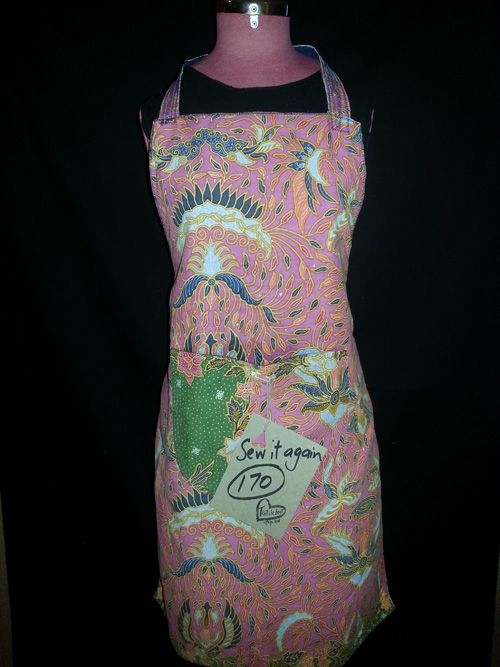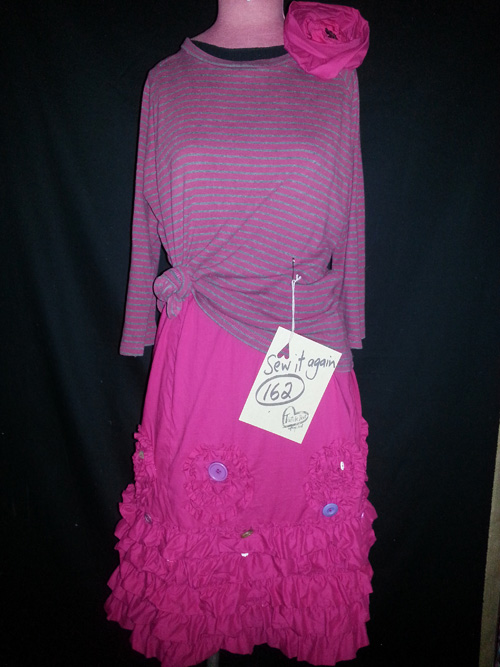 The reasons why I’m upcycling natural fibre garments during 2014 include because it is creative, mindful, resourceful, flexible, sustainable, thrifty, bespoke, handy, fun, ethical, reducing waste, shifting habits, demonstrating alternatives and non-toxic.
The reasons why I’m upcycling natural fibre garments during 2014 include because it is creative, mindful, resourceful, flexible, sustainable, thrifty, bespoke, handy, fun, ethical, reducing waste, shifting habits, demonstrating alternatives and non-toxic.
This Ecouterre article about toxic threads provides further affirmation: “Around 80 billion garments are produced worldwide, the equivalent of just over 11 garments a year for every person on the planet, according to Greenpeace. The growing volumes of clothing being made, sold, and disposed of magnifies the human and environmental costs of our clothes at every stage of their life cycle, which means that even minute quantities of toxins can cumulatively amount to the widespread dispersal of damaging chemicals across the globe, the group says.” Continue reading

